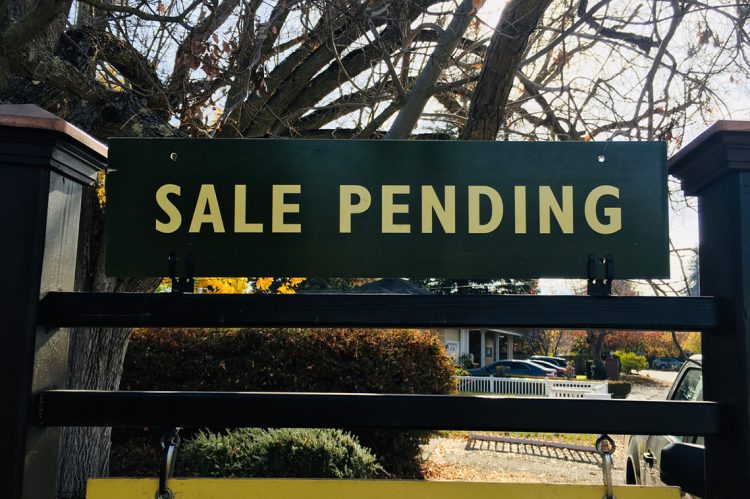Pending home sales in November 2022 fell to a near two-decade low, according to the latest data from the National Association of REALTORS® (NAR), coinciding with a near-term peak in mortgage rates and persistent inflation that has hurt consumer confidence.
Taking Advantage of Client Reviews (and Referrals)
Client reviews are very important to your team’s business and how you market yourself. Plus, referrals are the easiest and most surefire way to gain more clientele. Read more.
Business Tip of the Day provided by
Categories
The Most Important Real Estate News & Events
Click below to receive the latest real estate news and events directly to your inbox.
By signing up, you agree to our TOS and Privacy Policy.













